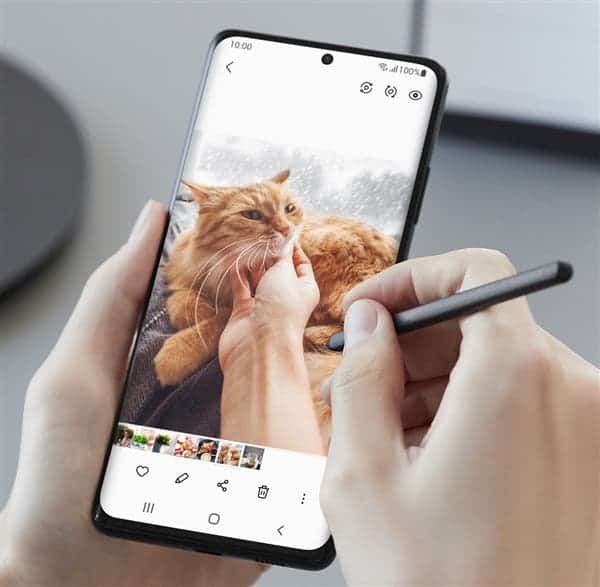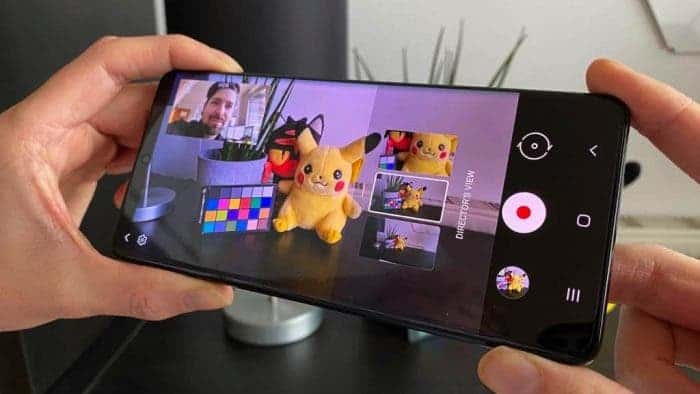Samsung Display recently demonstrated an OLED display that can display bright and clear in outdoor environments. Today, Samsung Display said that this latest OLED display for smartphones has been certified by the global safety science company, UL for its excellent “Sunlight Visibility”. In the evaluation, UL tested two aspects that affect the outdoor visibility of the display: color gamut and brightness. It found that in outdoor environments, the color gamut of Samsung’s new OLED meets 73% of the DCI-P3 standard, and the maximum brightness exceeds 1500 nits.

The new OLED uses a new type of organic material that achieves a brightness of 1500 nits or higher. This further enhances outdoor visibility.
This new display completely eliminates the darkening effect of smartphone displays when outdoors. It is completely free from issues of outdoor visibility. Samsung explains that this is possible because the display depicts colors through a proprietary light-emitting process that embraces a wide color gamut. The result of this is a high degree of chroma as well as a high-intensity colour. With this feature, OLED displays can now output clear image quality even in bright light environments.
Dennis Choi, vice president and head of the Mobile Display Marketing Team at Samsung Display said…“In the 5G era where people spend more hours on their smartphones. It is crucial that we ensure a display performance that delivers bright and clear picture quality in both indoor and outdoor spaces,”. He adds “Though it can be used with many types of smartphones, Samsung’s new OLED is particularly well suited for 5G devices as it will provide greater device usability and therein, more value for consumers,”
Samsung Galaxy S21 Ultra uses this display
This display is what we have on the Samsung Galaxy S21 Ultra. However, with the latest validation by UL, more smartphone manufacturers will use this display. As of now, we can not tell which manufacturer(s) will contact Samsung for this display. However, you can be certain that this is a flagship display for now.
According to Samsung, the new OLED display uses organic light-emitting materials to express colours. In the absence of a backlight, organic materials can emit light when energized. Therefore, the luminous efficiency of organic materials can greatly affect the color gamut, brightness, HDR, outdoor visibility, and power consumption of the display screen.

Samsung Display has developed new organic materials to increase the moving speed of electrons in the organic material layer, thereby greatly improving luminous efficiency. This means that new materials can emit brighter light while consuming less energy. In the 5G era of increasing video viewing time, it can help improve the battery life of smartphones.
The display screen is an important component that affects the battery life of the smartphone. By reducing the power consumption of the display screen, the battery life of the smartphone can be improved.





